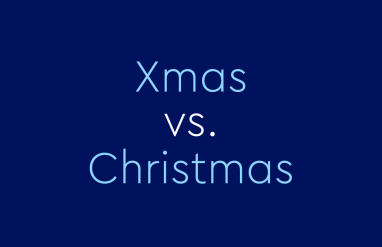"ice cream" vs. "iced cream"
You probably already know what ice cream is. To clarify, ice cream is defined as a frozen food with cream or milk and butterfat, sugar, flavoring, and sometimes eggs.
Was ice cream originally referred to as iced cream, and is there a difference? Records for both words can be found around the same time, and are much older than you may have guessed—the late 1600s.
Here’s two big scoops of grammar: in iced cream, iced is an (originally participial) adjective, whereas the ice in ice cream is an attributive noun (also known as a noun adjunct, a noun that comes before and modifies another noun).
Some word historians do think iced cream came first and lost its -d. In that event, the loss of that sound isn’t too surprising, as it comes before the mouthful of a consonant cluster, cr- in cream, and sounds have a regular way of falling off (this is called elision) in everyday speech.
Iced tea and iced coffee (tea and coffee cooled or prepared with ice) are often pronounced ice tea and ice coffee—and increasingly being written that way.
Today, you’re unlikely to come across anything other than ice cream. The spelling caught up with the common pronunciation over time, and thus we ended up with the much more flowing ice cream instead of iced cream.

























